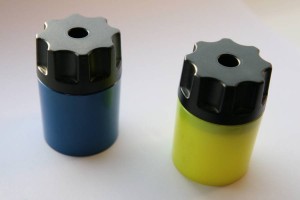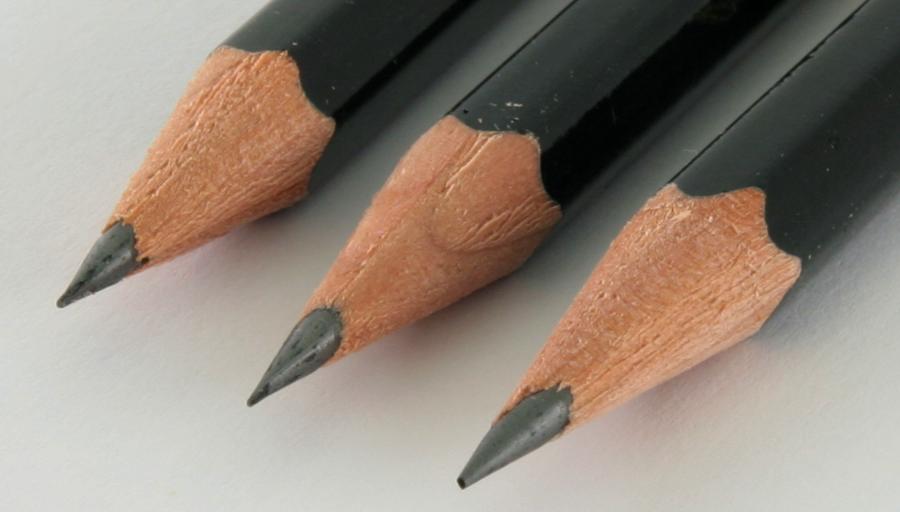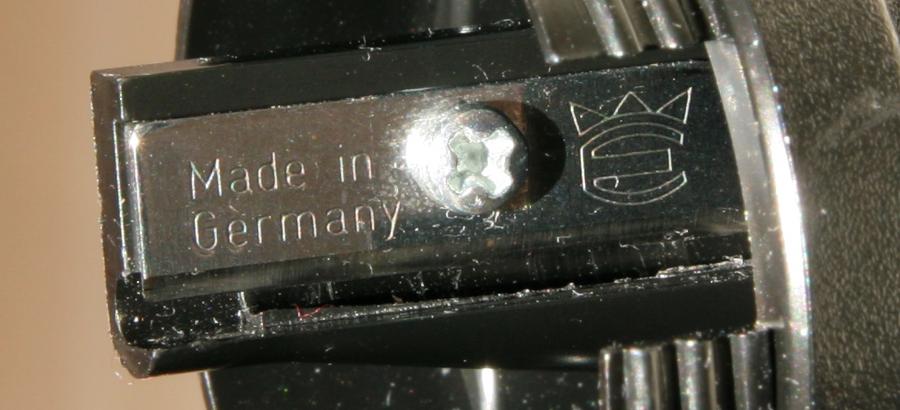Morning Glory Black Grip B
This morning, I received Rad and Hungry‘s fourth stationery kit. You might have read about Rad and hungry before. Quite a few blogs reported about Rad and hungry’s idea of a country-themed stationery kit you can subscribe to and some blogs reviewed the kits. The Pen Addict and Pencil Revolution even had a giveaway. Bleistift was one of the many lucky blogs that got the first kit, Colombia, free of charge. Unfortunately I never wrote a review. The kit arrived while I was in Shanghai and when I was back I was snowed under with work and the kit was snows of yesteryear (OK, I admit, it’s not funny and I shouldn’t mix contemporary and dated idioms 8^/ ), so I never reviewed it. I did however like it so much that I subscribed to these kits.

Back to the parcel I received this morning, it was the fourth kit, Korea-themed. I do like Korea (even though I have never been there) and listen regularly to the German Service of South Korea’s KBS World Radio on short wave. Their programme is very good and introduces Korea and life there from different angles and on different levels. North Korea has a similar service, Voice of Korea – from the Radio TV broadcasting committee of the DPRK in Pyongyang. I really like the music the Voice of Korea plays. The Pochonbo Electronic Ensemble is so plasticy, it’s just great. It sounds very much like the background music from the video game Puzzle Bobble (Bust-a-Move in the USA). I think there is no need to describe what kind of non-music content you can expect to hear from North Korea’s international broadcasting service. Suffice to say that I do not listen to the North regularly – but their music is really nice.

Oh, that was off topic. Let’s talk about pencils again. The Korean kit was $26 (~ £ 16.20, € 18.70) including shipping [1] $14 for the kit (the price for a kit as part of a quarterly subscription) and $ 12 for shipping . One of the pencils in this kit is the Morning Glory Black Grip in B, which I examined a bit closer. The Black Grip is very similar to the Bauhaus 6004. Both have a triangular barrel, both are black wood pencils, both are from Korean companies, both are made in China, but the Black Grip does not come with an eraser. I assume the Black Grip is made by Marco, but I cannot be 100% sure. Other pencils similar to these two include the Rhodia pencil, reviewed at Lung Sketching Scrolls and pencil talk. Rhodia’s pencil is made in China, too. The way the ferrule is clinched in exactly the same way as the Bauhaus 6004 makes me think that this is another pencil manufactured by Marco, but it has a smoother lead than the Black Grip or the 6004. Two other, similar pencils, probably from the same factory are two “non black wood pencils”, the Marco 9001, reviewed at woodclinched, and the pencil’s from Eisen‘s fusion line, which are – in some markets – distributed by Lyra.

Conclusion: The kit is very nice. Other items included in this kit, except the Black Grip, are more pencils, a note pad and a correction tape as well as some comments from the trip and some paper to test the items on, all wrapped up very nicely. The Morning Glory Black Grip itself is a nice every day pencil, there is no point in comparing it to some top of the line pencils, but it certainly does a good job.

Prices and exchange rates: March 2011
I would like to thank Kent for the Bauhaus 6004.
You can find a review of Rad and Hungry’s Colombian kit at Notebook love Pen and Lung Sketching Scrolls.
You can find a review of Rad and Hungry’s French kit at Okami Whatever.
You can see a reception report to KBS World radio in the second picture of the ONLINE All Wood Marone review.
You can find more Korea related blog posts at Bleistift by searching for Korea.
References
| ↑1 | $14 for the kit (the price for a kit as part of a quarterly subscription) and $ 12 for shipping |
|---|
Morning Glory Black Grip B Read More »






